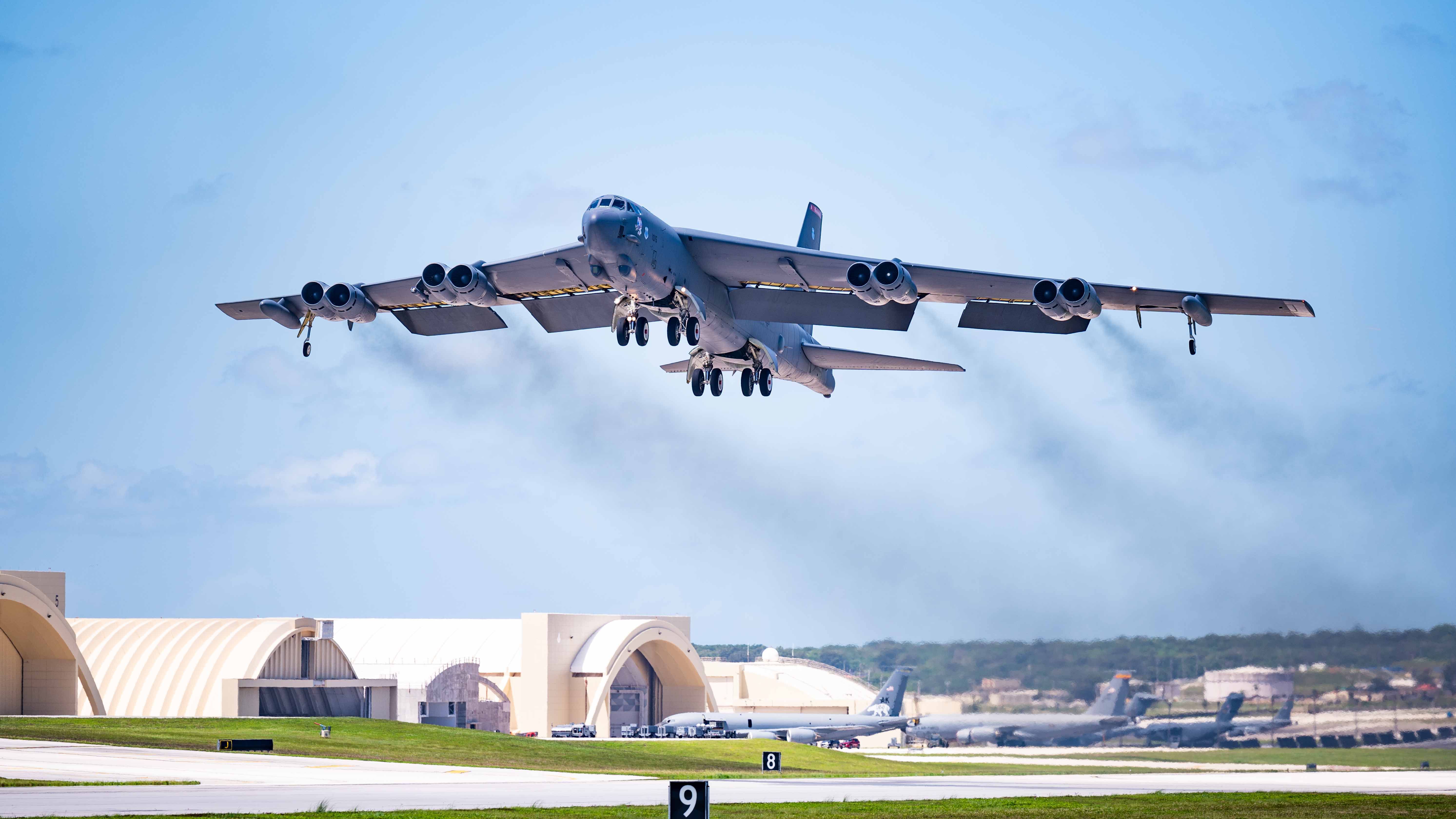The History of the B-52 Stratofortress
The Boeing B-52 Stratofortress is a long-range, subsonic, jet-powered strategic bomber that has served as a key pillar of the United States Air Force's heavy bomber fleet since it was introduced in 1955. Designed during the Cold War era, the B-52 was created to carry nuclear weapons for deterrence missions, but it has also proven highly versatile in conventional warfare roles.
Capable of flying over 8,800 miles without aerial refueling and carrying up to 70,000 pounds of weapons, the B-52 has participated in numerous conflicts, from Vietnam to Operation Desert Storm and beyond. Despite its age, the aircraft continues to be updated with modern avionics and weapon systems, and is expected to remain in service well into the 2050s, potentially reaching a century of operational use.
The enduring legacy of the B-52 comes from its rugged design, adaptability, and strategic importance. Its distinct silhouette and formidable capabilities have earned it the nickname “BUFF” – Big Ugly Fat Fellow – and a revered place in military aviation history.


